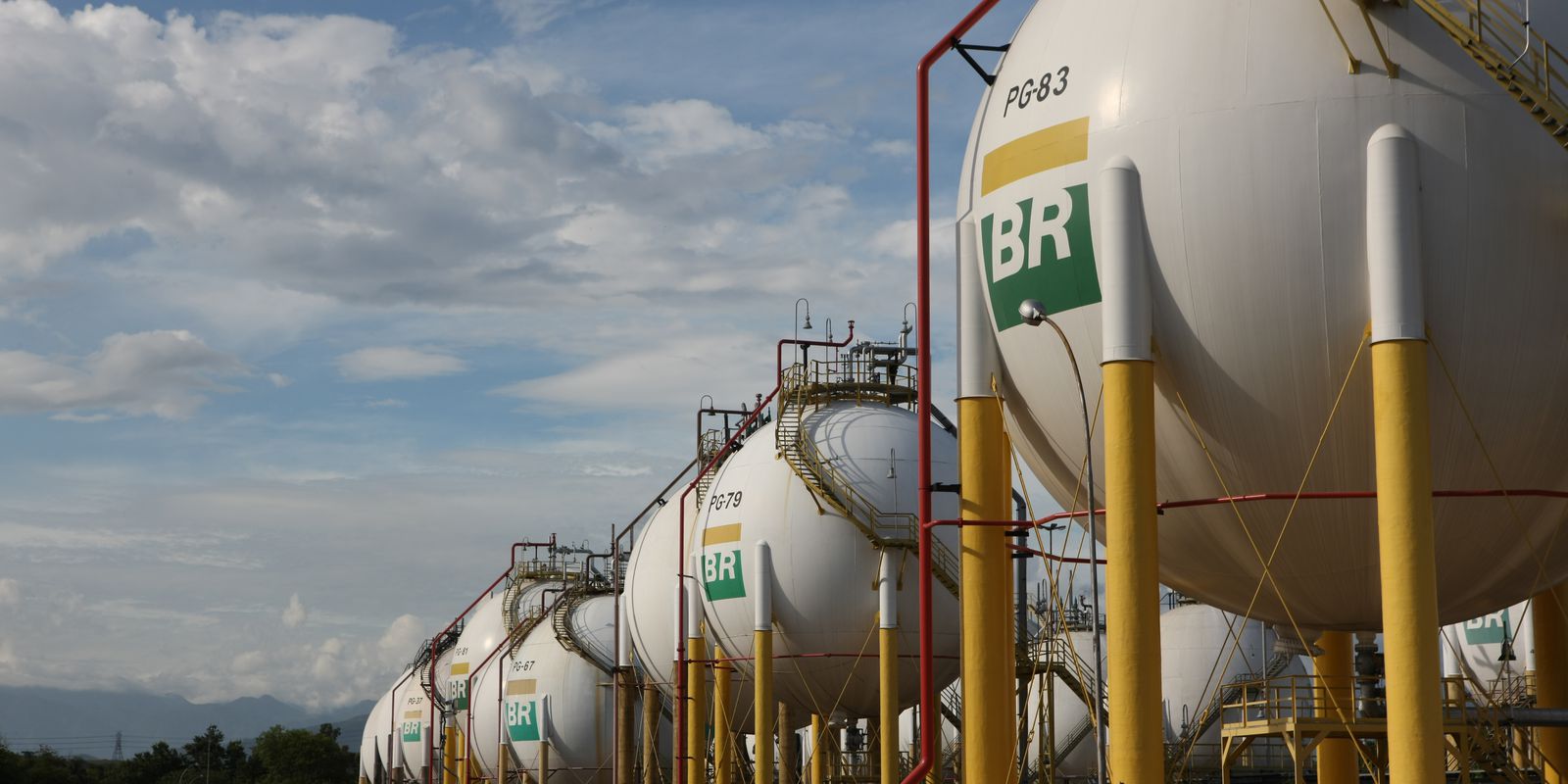Prices in the industrial sector in April this year rose 1.94% compared to the previous month. The percentage represents a decline compared to the change from February to March, when there was a rise of 3.12%. In the last 12 months, the rate was 18%. In the year, the indicator reached 6.94%. The data are included in the Producer Price Index (IPP), released today (2) by the Brazilian Institute of Geography and Statistics (IBGE).
According to the indicator, the four major changes were observed in mining and quarrying industries (-11.54%); petroleum refining and biofuels (6.57%); pharmaceutical (6.51%); and metallurgy (6%). The biggest influences were in petroleum refining and biofuels (0.80 percentage point); extractive industries (-0.70 percentage point), other chemical products (0.45 percentage point) and food (0.44 percentage point).
IBGE’s Analysis and Methodology manager, Alexandre Brandão, reported that the March result had been high, when it stood at 3.12%, the highest since the same period in 2021. At that time, 4.63% was recorded. The April index is lower, despite being the second highest of the year and, disregarding the result of the previous month, it is only lower than that of October 2021, which registered 2.26%.
“The drop in prices for extractive industries was fundamental to the deceleration that took place in April compared to March. Both crude petroleum oil and iron ore, the two most important products in the sector, had a negative variation, attributed to fluctuations in international prices and the appreciation of the real. The manufacturing industry, in turn, had a price increase: in March – it had been 2.66% and in April, 2.81%”, he added.
The IPP measures the price variation of products at the so-called factory door, which means that it does not include taxes or shipping. Altogether, 24 activities of extractive and transformation industries are researched. Among them, 18 showed a rise in April.
The manager pointed out that if the price variation is observed from the perspective of the major economic categories, the values of intermediate goods, which represent most of the Brazilian industry, grew less in April (1.81%) than in March (3.70 %). “In this case, also influenced by the fall in the prices of crude oil and iron ore, in addition to the residue from soy extraction, the only product highlighted in food with negative variation, due to the end of the harvest and the appreciation of the exchange rate” .
However, there was acceleration in the variation of prices of consumer goods, which changed from 2.88% in March to 3.37% in April. According to Brandão, durable consumer goods were influenced by the positive variation of automobiles, which have great weight in the segment. In the case of non-durable consumer goods, the influence was the variation in the prices of gasoline and food, especially milk and dairy products, due to the increase in costs and problems in collecting in the dairy basins, in addition to sugar and meat.
“In the case of these last products, despite the appreciation of the exchange rate putting downward pressure on commodity prices, international values rose. Still in the area of non-durable consumer goods, pharmaceutical products, which have controlled prices, had their prices readjusted in April,” he added.
The indicator also showed that the rise in prices has followed the international market. The percentage of 6.57% represents the fourth consecutive positive variation in the sector. The accumulated in the year reached 22.8% and the accumulated in 12 months, 52.14%. The sector was the one that presented the second biggest variation in the monthly indicator, the first in the accumulated in the year and in the accumulated in 12 months, for being the greatest influence in the three indicators.
The other chemical products were impacted by the international fluctuation in the prices of fertilizer, the product of greatest influence in the sector. “The other two products are also used in agriculture and, due to the international turmoil, producers have been anticipating purchases to build up stocks and prevent a bigger problem for the next harvest”, said Brandão.
Search
According to the IBGE, the IPP follows the average change in sales prices received by domestic producers of goods and services, and its evolution over time, signaling short-term inflationary trends in the country. “It is an essential indicator for macroeconomic monitoring and a valuable analytical tool for decision makers, public or private”, he informed.
The survey is carried out in just over 2,100 companies to determine the prices received by the producer, exempt from taxes, tariffs and freight and defined according to the most usual commercial practices. In total, it collects about 6 thousand prices monthly.
















